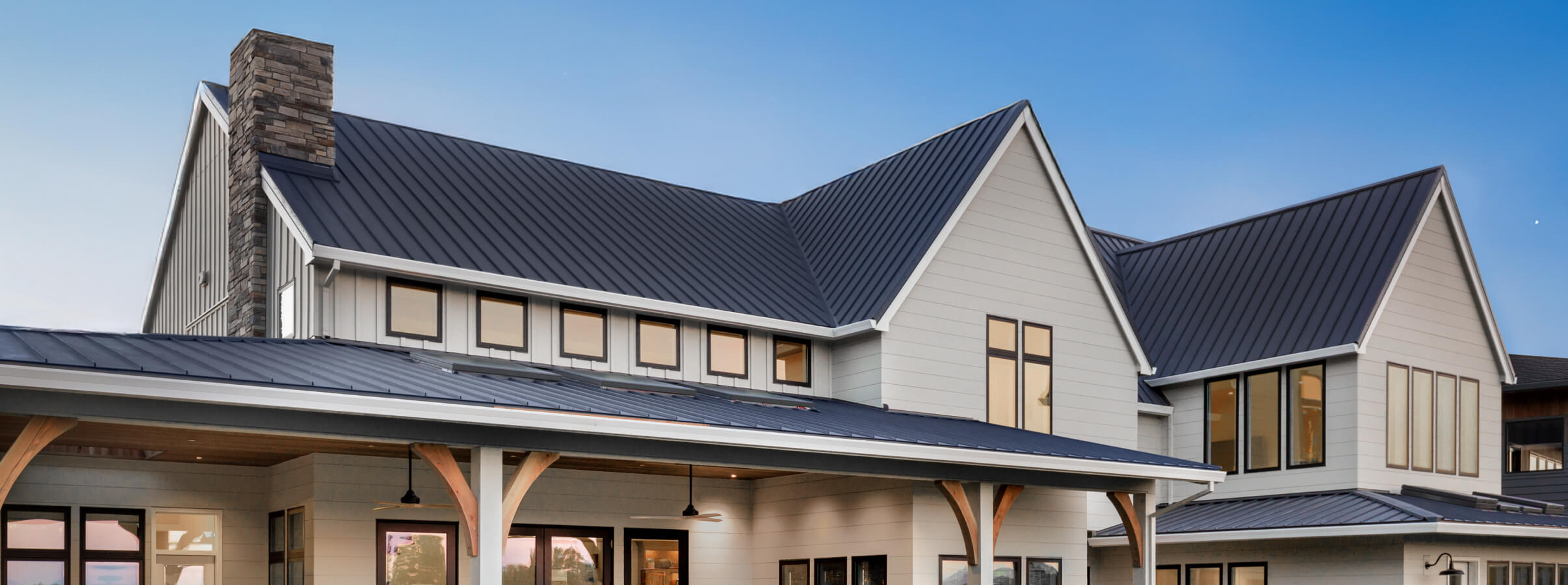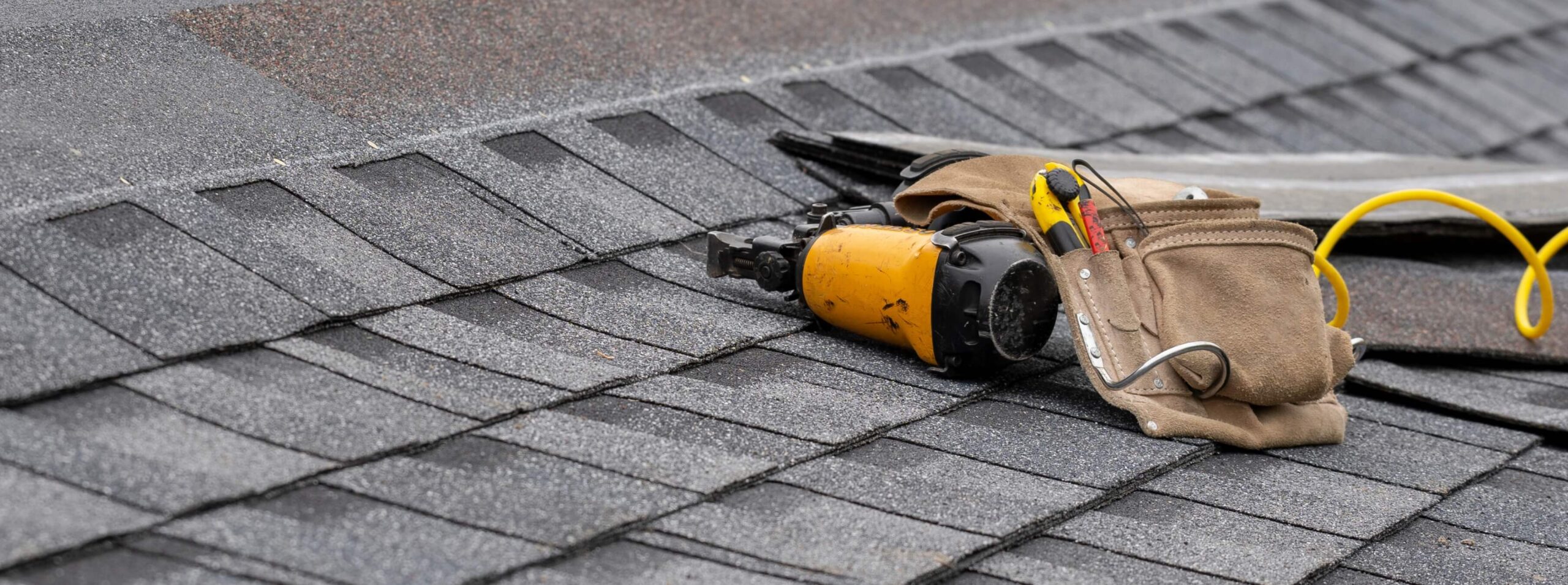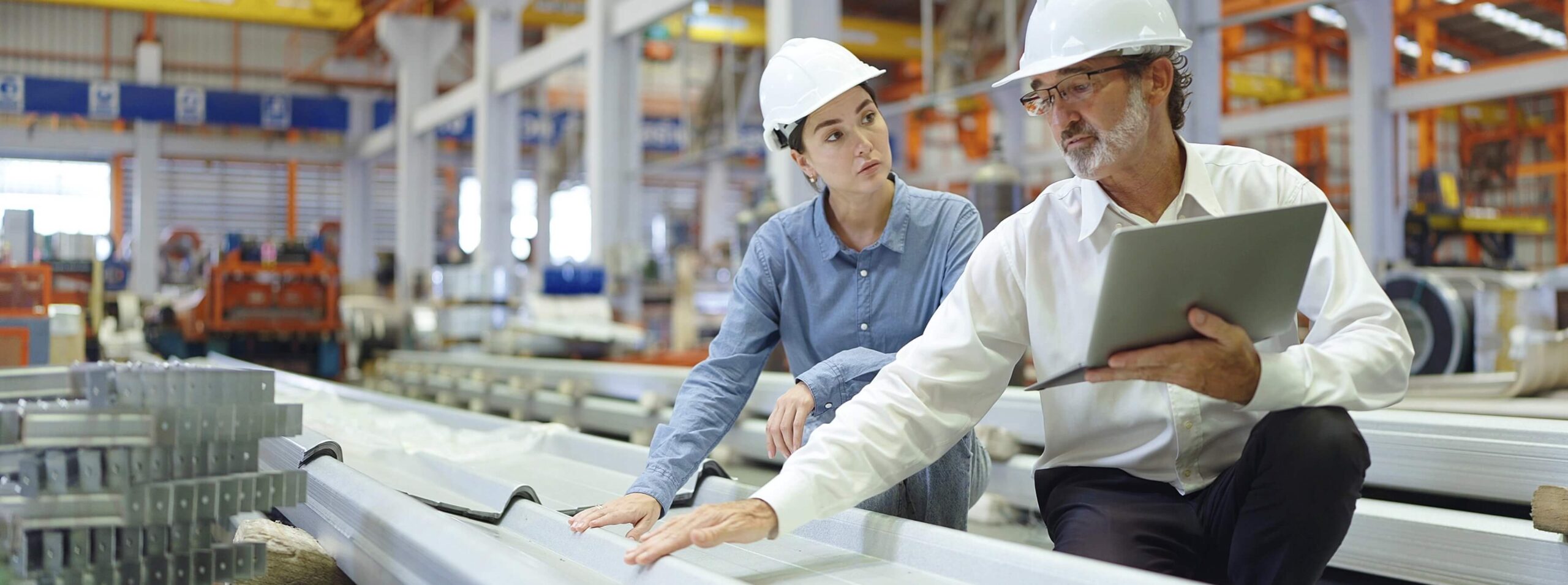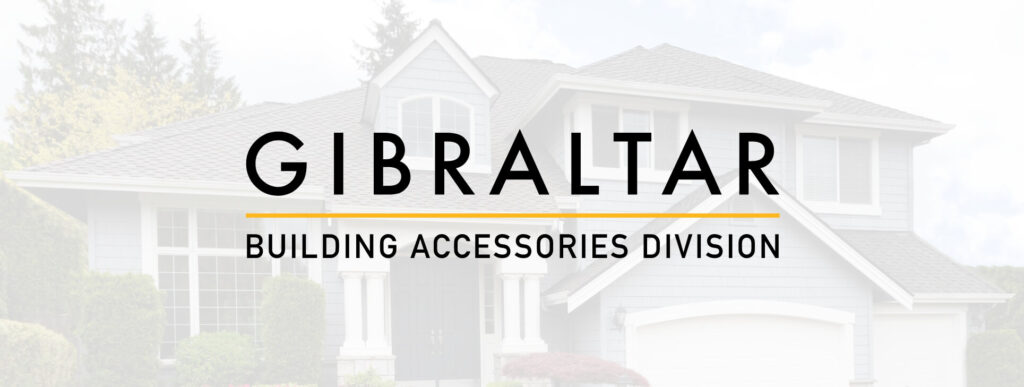May 3, 2024
Comparing Metal Panel Roofing Paint Options: PDVF vs. SMP
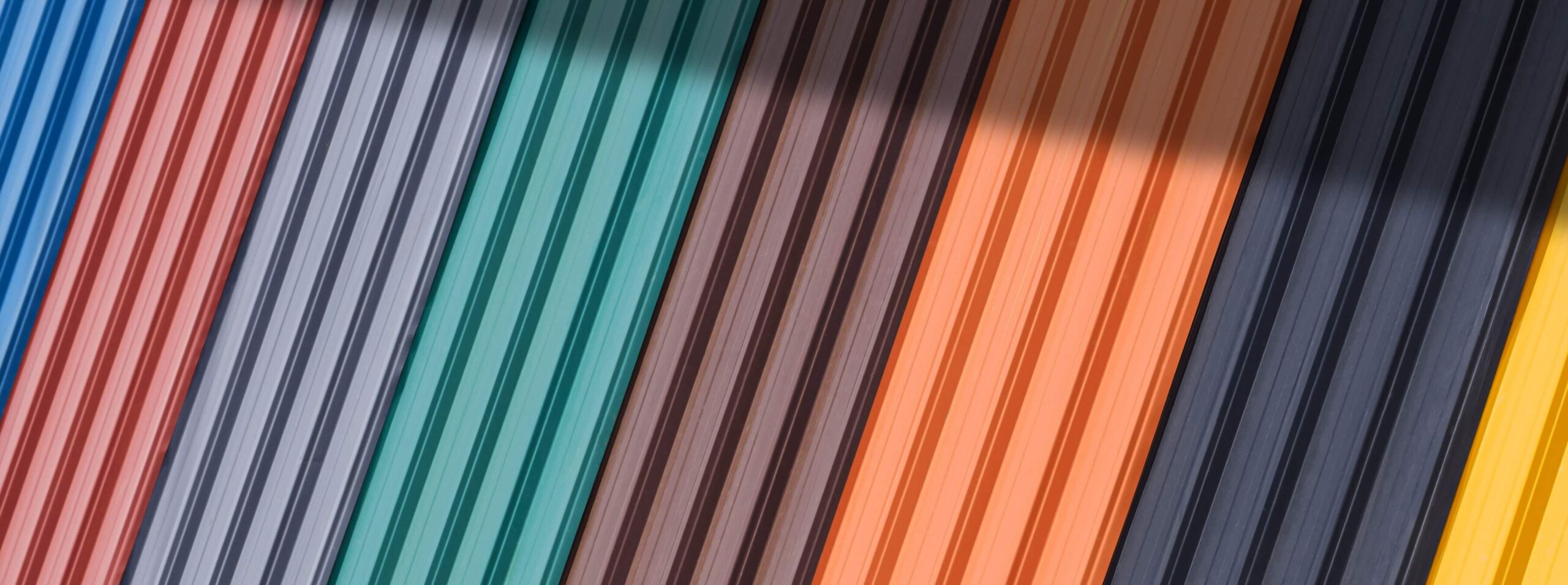
Polyvinylidene fluoride (PVDF) paint and silicone-modified polyester (SMP) paint are two common coating types used on metal roofing panels. Coating formulations are composed of pigments, resins, solvents, and solvents common to the paint industry. Pigments are responsible for delivering the color component for metal roofing. Resins bind pigments to the base metal and attribute to the metal panel’s weather resistance properties.
Coatings are deposited on unpainted base metal when in the master coil state using a process termed “coil-coating”. Coated coils are then transformed into metal roofing panels once fed through “roll-forming” machines by metal panel manufacturers. Coil coating industry practice coats both sides of the coil. Back side coating is not necessarily intended to be used as the visible metal panel color, but still requires some level of corrosion resistance.
Both coating systems offer a myriad of color options and have been market accepted. PVDF paint is generally considered a higher-end coating compared to SMP paint. Benefits of PVDF coatings include high resistance to chalking, fading, and UV degradation, long term color retention, superior chemical and weather resistance, and offer long term warranties.
Two of the most common performance criteria when choosing a metal panel roofing paint system are “chalk”, and “fade”. Whitish residue that appears over time is referred to as “chalk”, while fade is a degradation of the color pigment. Both criteria are governed by American Society for Testing and Materials (ASTM) evaluation procedures which establish industry benchmarks.
While overall performance of SMP paints is slightly lower than PVDF, SMP is generally a more cost-effective option when evaluating performance and lifespan versus budget for the residential metal roofing project.

